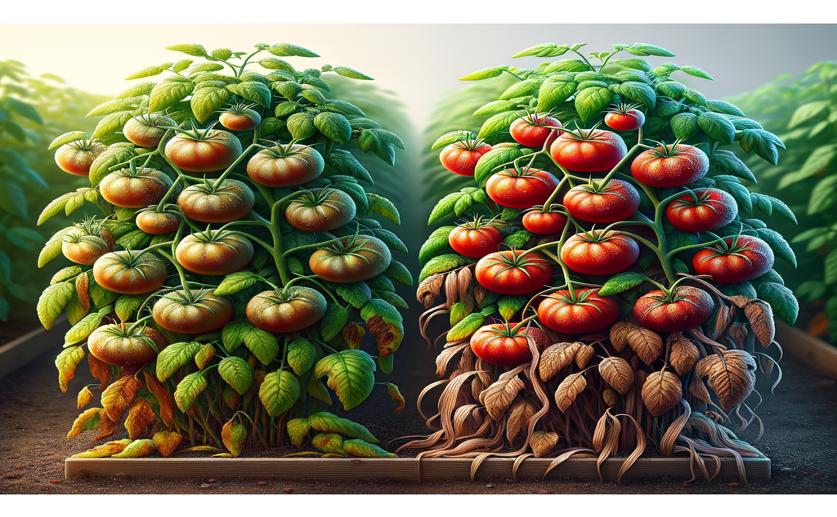
Comparing Cadmium Tolerance in Two Types of Tomato Plants
Jenn Hoskins
3rd July, 2024

Image Source: Natural Science News, 2024
Key Findings
- The study by Shaanxi University of Technology examined how two tomato varieties, Yellow Cherry and Yellow Pearl, respond to cadmium (Cd) contamination in soil
- Yellow Pearl accumulated significantly lower Cd in its fruit, making it safe for cultivation in soils with Cd levels up to 0.6 mg/kg
- Yellow Cherry showed strong Cd tolerance, suggesting it could be useful for cleaning up Cd-contaminated soils through phytoremediation
AgricultureEnvironmentPlant Science
References
Main Study
1) A comparative study on cadmium tolerance and applicability of two Solanum lycopersicum L. cultivars.
Published 2nd July, 2024
https://doi.org/10.1007/s11356-024-34105-z
Related Studies
2) Tolerance of tomato to cadmium-induced stress: analyzing cultivars with different fruit colors.
3) Selenium mitigates cadmium-induced oxidative stress in tomato (Solanum lycopersicum L.) plants by modulating chlorophyll fluorescence, osmolyte accumulation, and antioxidant system.



 11th June, 2024 | Greg Howard
11th June, 2024 | Greg Howard